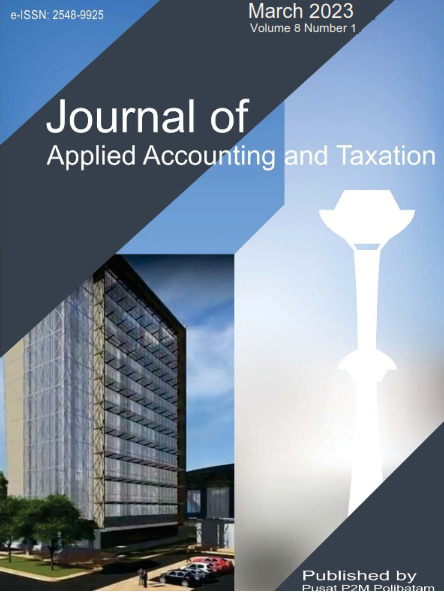Do high costs in the capital structure contribute to the nexus between board gender and financial performance?
DOI:
https://doi.org/10.30871/jaat.v8i1.5085Keywords:
board diversity, financial performance, capital structureAbstract
This study examines the relationship between board diversity and financial performance. Additionally, the capital structure serves as a moderating variable. BOD diversity includes gender, nationality, and age, while capital structure is measured by leverage. Previous studies have not considered the moderating role of capital structure, even though leverage is a trade-off between benefits and costs. Data were collected from 162 firms listed on the Indonesia Stock Exchange from 2017 to 2020, and panel data was analyzed. Directors are more likely to be homogeneous. Specifically, female directors did not impact return on assets (ROA) and equity (ROE), even when their numbers continually increased. Surprisingly, when female directors were moderated by leverage, profitability became negative and significant. Moreover, before and after moderation, old directors did not differ negatively or significantly. In addition, foreign directors initially increased ROA and ROE, but the empirical results were reversed when it was moderated by leverage. The number of female directors chosen by companies should be corrected not as a result of a positive image but based on their competence. Additionally, it is necessary to reduce the role of the old director. To reiterate, the level of debt becomes a significantly stressful cost signal.
Downloads
Downloads
Published
How to Cite
Issue
Section
License
Copyright (c) 2023 Gun Gun Budiarsyah

This work is licensed under a Creative Commons Attribution-ShareAlike 4.0 International License.










